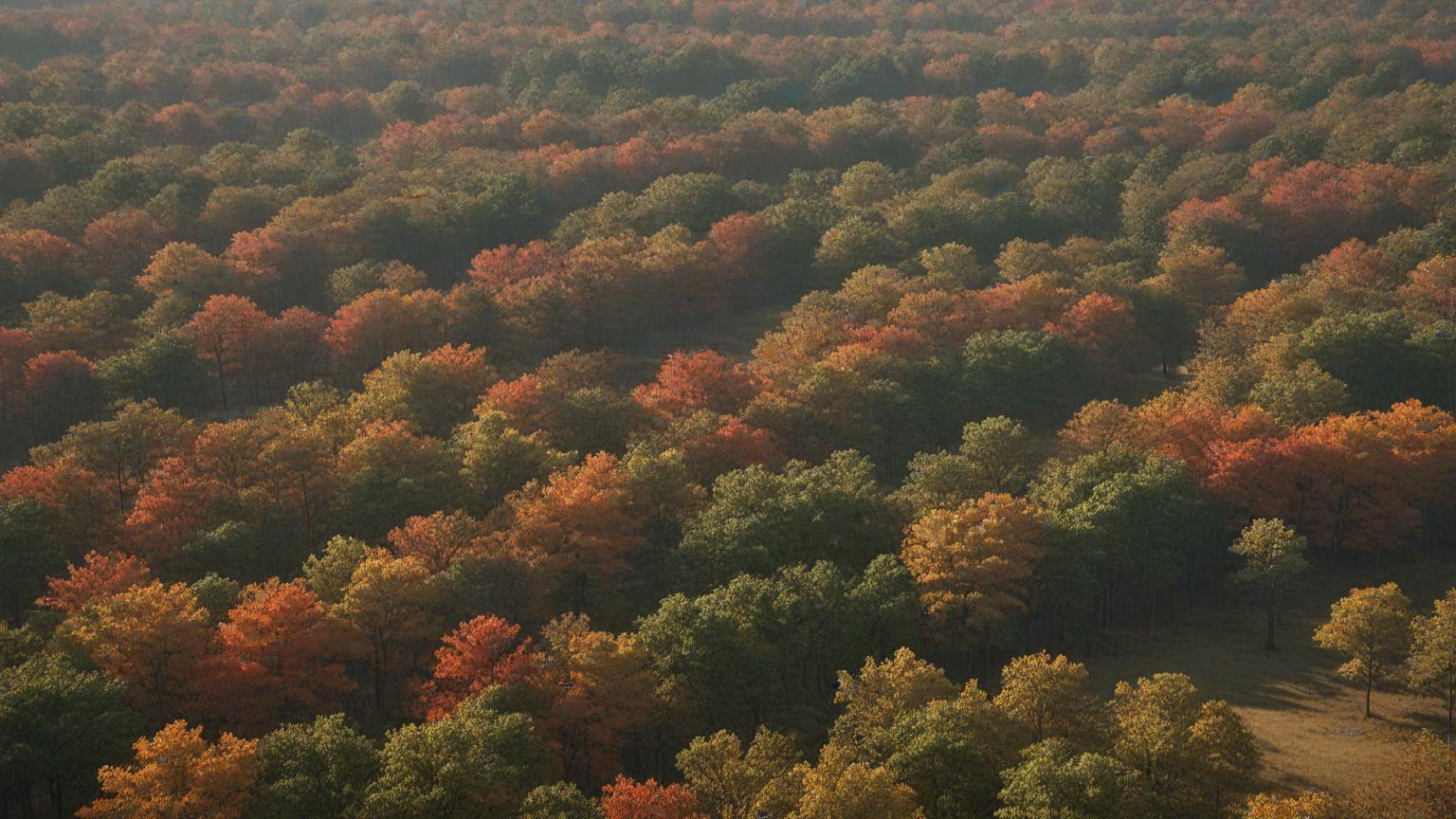Arkansas offers a variety of terrains for white-tailed deer hunting, from dense forests to open fields and river bottoms. Understanding how to position a tree stand in each terrain can make a significant difference in spotting and harvesting deer. Here’s a guide on the best strategies for tree stand placement across Arkansas’ diverse landscapes.
1. Dense Forests
In Arkansas’ heavily wooded areas, deer trails and bedding zones are abundant, but visibility can be limited. In these dense settings, it’s essential to place your stand strategically to improve sightlines and capitalize on deer movement patterns.
- Look for Funnels and Trails: Position your stand along well-worn trails, especially near natural funnels where deer are forced to move through narrower passages (like ridges or breaks in thick cover). These funnels channel deer movement, increasing the chances of a close encounter.
- Elevate for Visibility: In thick woods, setting your stand higher than usual (20-25 feet) can provide better sightlines over vegetation. Higher placement also reduces your scent reach, minimizing the chances of spooking nearby deer.
- Utilize Natural Cover: Find trees with ample branches or surrounding vegetation to break up your silhouette. In dense forests, blending in is crucial as deer are often close and can detect slight movements.
2. Agricultural Fields and Open Terrain
Open fields, particularly those near agricultural areas, attract deer looking for easy access to food. Placing a stand in these open spaces requires careful positioning and understanding of how deer enter and exit the field.
- Position on Field Edges: Set up along the field edges, particularly where deer trails enter the field from the woods. This lets you cover the transition zone where deer emerge, often in the early morning or late evening.
- Cover Travel Corridors: Look for travel corridors, such as tree lines or patches of tall grass, that deer use to move between fields and nearby cover. Placing your stand here provides an opportunity to intercept deer as they move in and out of the open.
- Mind the Wind and Scent Control: Open areas can carry scent farther, so it’s essential to position yourself downwind of typical deer paths. Using a stand with a windbreak can help reduce scent spread and improve your chances of remaining undetected.
3. River Bottoms and Wetlands
River bottoms, swamps, and marshy areas offer plentiful food and water sources, making them prime spots for tree stand placement. However, unpredictable wind patterns and tricky access can pose challenges.
- Locate High Ground Near Water Sources: Deer often travel along water sources and use river edges as corridors. Set your stand on high ground or elevated trees near these edges, ensuring you have a clear view of crossing points or natural openings.
- Consider Wind Variability: River bottoms can create swirling winds, making scent management difficult. Choose a stand location with stable cover and where you can adjust position based on wind direction to avoid detection.
- Utilize Travel Routes Between Water and Bedding Areas: Deer often bed on the higher ground away from rivers but travel down to the water for drinking. Position your stand along these routes, as they’re high-traffic areas, especially in dry weather when water sources are limited.
4. Rolling Hills and Ridges
In Arkansas’ hill country, deer use ridges and valleys for travel and feeding. Tree stand placement in this terrain requires taking advantage of elevation and understanding how deer navigate slopes and ridgelines.
- Position Along Ridge Lines: Deer often travel parallel to ridges, using them as natural corridors. Setting up your stand on the side of a ridge where deer are likely to travel gives you an optimal line of sight and limits their ability to spot you.
- Cover Saddle Points and Benches: Saddles (low points on ridges) and benches (flat spots along slopes) are high-traffic areas where deer often pause. These areas offer natural choke points, so positioning your stand here gives you a chance at deer that naturally slow down as they navigate the terrain.
- Take Advantage of Thermals: In hill country, morning thermals cause air to rise, while evening thermals cause it to fall. Set your stand with thermals in mind to avoid carrying your scent to deer. For instance, in the morning, position higher on the ridge, and in the evening, consider setting up lower.
Conclusion
Placing a tree stand in Arkansas’ varied terrains involves adapting to each unique landscape and deer movement patterns. Whether hunting dense woods, open fields, river bottoms, or rolling hills, understanding how deer navigate each terrain can improve your odds of a successful hunt.

